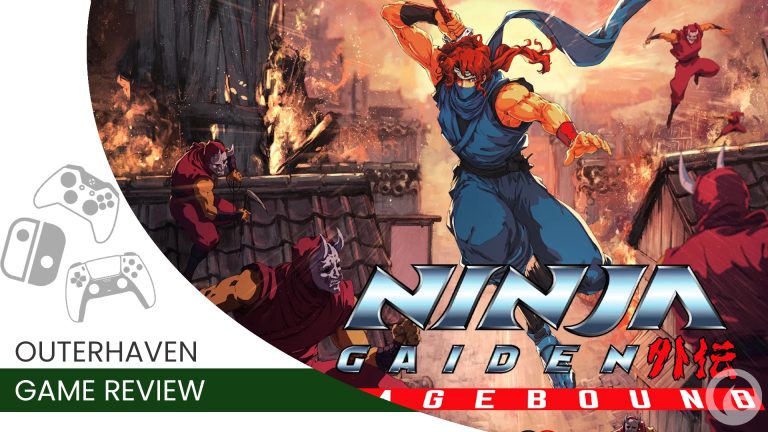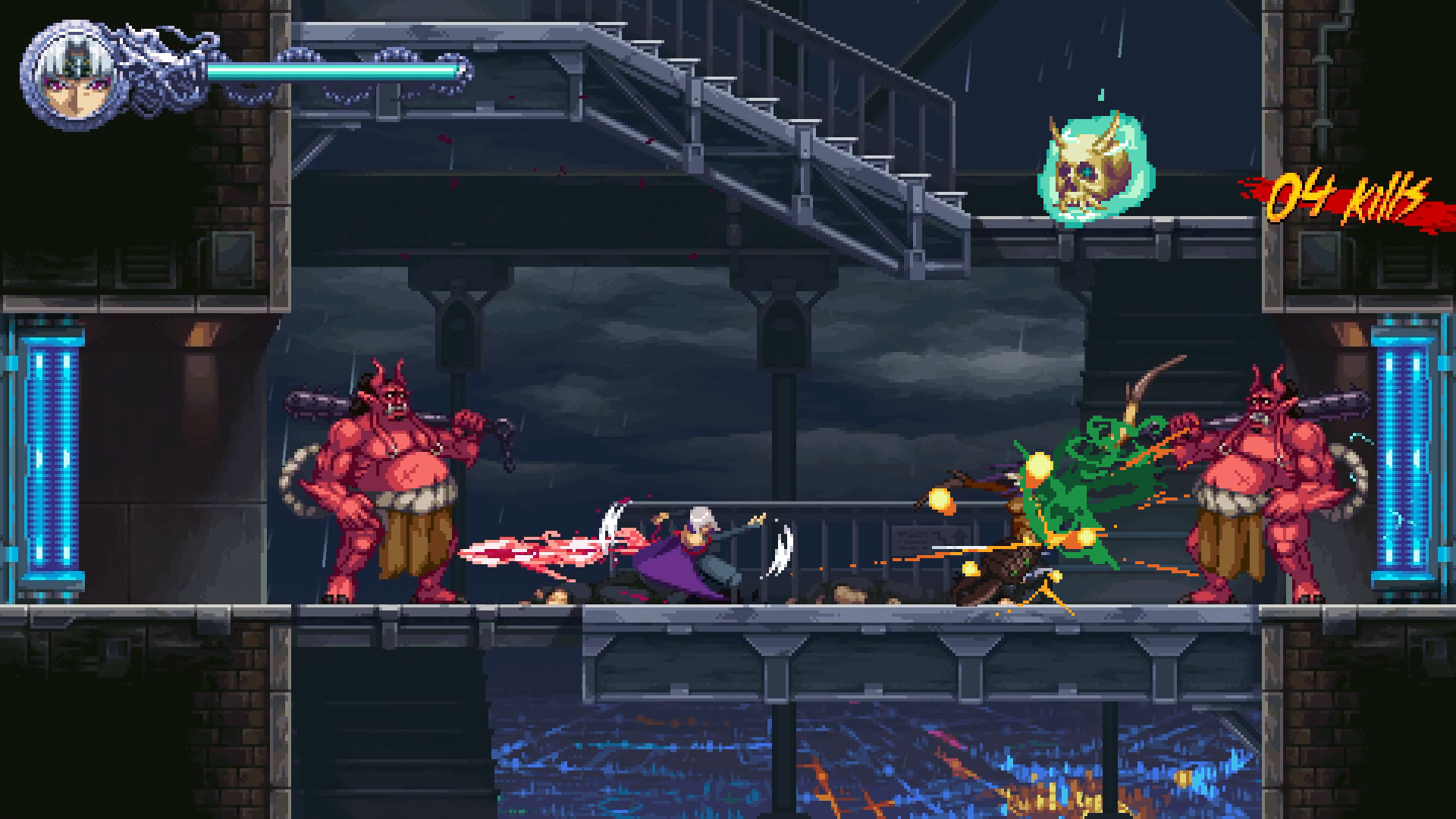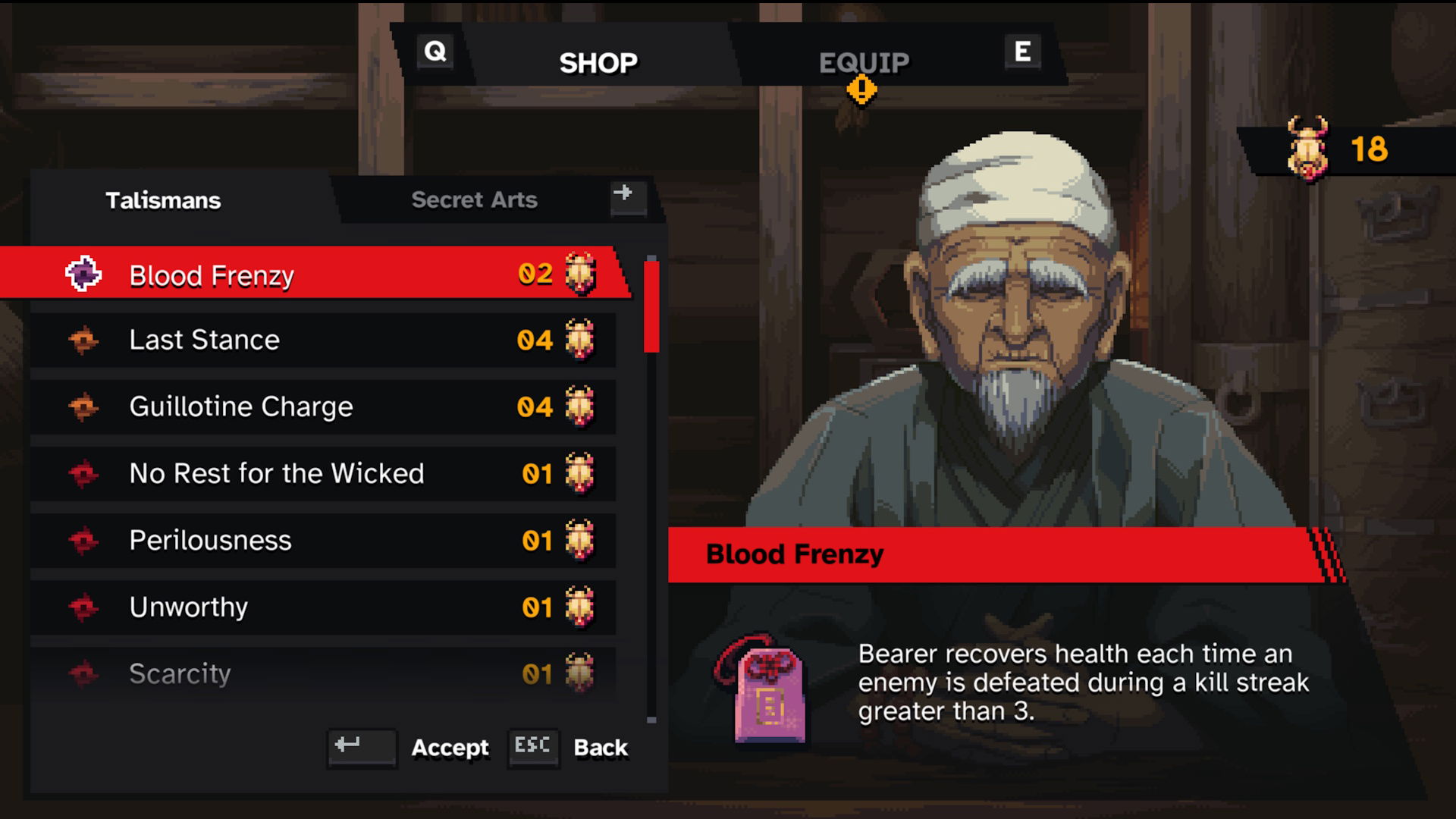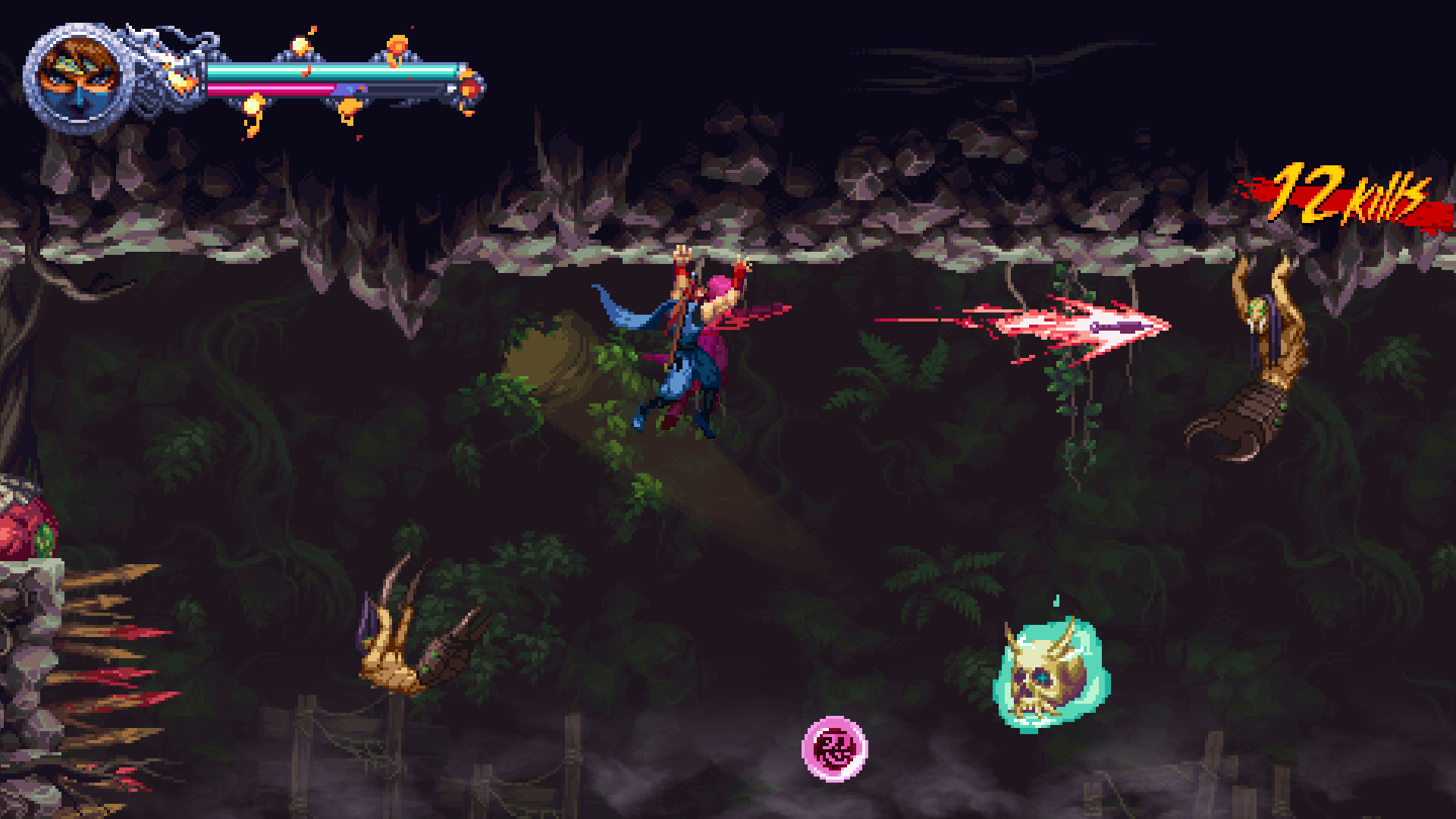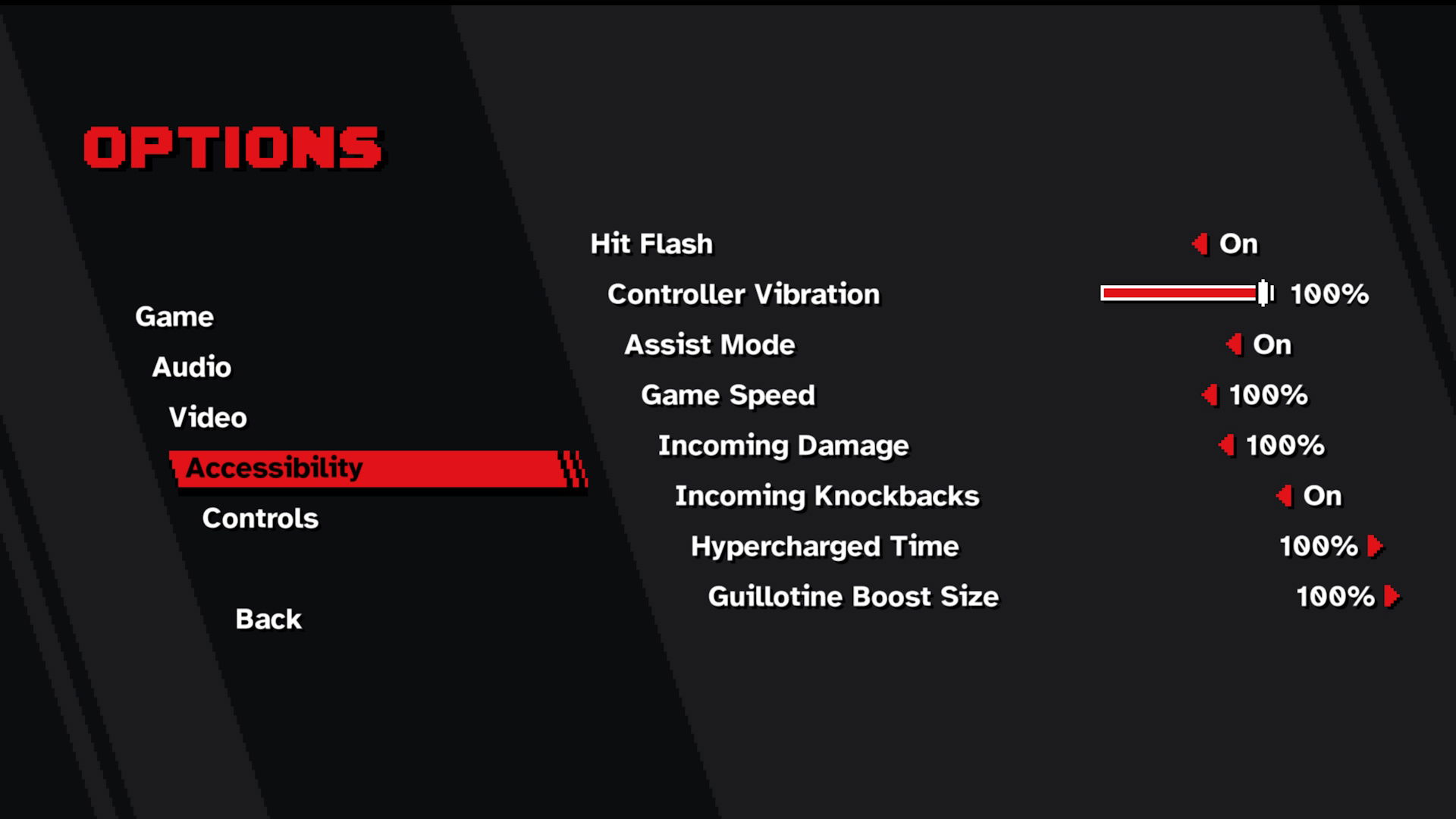As someone who played the hell out of the Ninja Gaiden games on the NES, I was genuinely excited for Ninja Gaiden: Ragebound. In this Ninja Gaiden: Ragebound review, I explore how The Game Kitchen delivers a side story that honors the classic games while carving its own identity.
What made it even more interesting is that this isn’t a reboot or direct sequel—it’s a parallel story that runs alongside the events of the original game. It takes place around the same time Ryu Hayabusa first headed to the United States to avenge his father’s death, and that hooked me right away. With Team Ninja busy at work on Ninja Gaiden 4, I was curious to see how The Game Kitchen would handle the title.
Game Name: Ninja Gaiden: Ragebound
Platform(s): PC (Reviewed), PS4, PS5, Xbox One, Xbox Series X|S, Nintendo Switch
Developer(s): The Game Kitchen
Publisher(s): Dotemu
Release Date: July 31, 2025
With Ryu departing for a new adventure, a new character, Kenji Mozu, is thrust into the spotlight as he vows to protect Hayabusa Village. It’s ironic, though, that at the same time, a new danger is occurring, and since Ryu has to go kick some ass elsewhere, Kenji finds himself in a new adventure of his own. However, unlike the NES versions of Ninja Gaiden, Ragebound is a modernized title, leaving Kenji with new ways to dish out the damage, in ways that Ryu Hayabusa could only dream of … back then, that is.
It’s worth mentioning that we finally get to see what Ryu Hayabusa’s father looks like, and that fateful journey where he ends up being assassinated, which sets Ryu on this journey into stardom.
Two Playable Characters, One Reluctant Alliance
What immediately separates this from the Ninja Gaiden games of old is that you’ll be playing with two characters; Kenji, who I’ve already mentioned, but also Kumori, a member of the Black Spider Clan, and if you’re familiar with the Ninja Gaiden games’ history, you may be thinking to yourself “Aren’t those two clans enemies?” Which, normally, they are, but this time around, they’re working towards a common goal.
Kenji isn’t a reskinned Ryu, and he can do things that the original couldn’t, such as deflecting and even slicing projectiles, utilizing the Hypercharge ability that empowers him with incredible strength, which lets him one-shot most enemies and put a serious hurting on those he doesn’t. It’s also useful for dazing bosses, letting you get in some free hits. Then there’s the Guillotine Boost move, which is basically the Pogo Stick stomp from Duck Tales, with some bite, as it can damage enemies and give you a boost of momentum. It’s great for getting to locations while keeping your attack pressure up, and is a move you’ll get familiar with, as you’ll be using it damn near most of the game.
And while you’ll play with Kenji more than Kumori, as she’s only really playable during certain sections, she does bring a unique skill set to the party with her ranged attacks and the ability to teleport a short distance after striking enemies. It’s mainly used for segments that are more environmental or for reaching items or secrets, but useful nonetheless. It’s a shame, really, as when you do get to use Kumori, you’ll instantly like her playstyle and wish you could use her more often.
Then there’s what I like to call empowered Kenji, which is the fused version of Kenji and Kumori, which is the character you’ll play after the first hour of the game. This version is not only slightly more powerful thanks to being able to use a sword, but also kunai for ranged attacks, and killing enemies will fill up a meter that will let you utilize a damaging offensive ability or a supporting one, such as being able to heal up in a pinch completely. It’s a nice addition, and it’s one that you can select and customize for yourself.
Combat That Demands Patience and Precision
Even though Ragebound respects the NES Ninja Gaiden games, it plays completely differently. Those original games were all about lightning-fast reactions, punishing enemy placements, and platforming that demanded perfection. Ragebound still challenges you, but it does it more methodically. Combat’s heavier and more deliberate, and you’re not just rushing through stages anymore; you’re reading enemies, timing deflects, watching your resources, and thinking about your next move.
It still has that old-school DNA, but it’s been reworked for a more modern, weightier feel. Sure, you can attempt to just tap the attack button and try to get the scores of enemies, but it’s not going to work out as well as you want. Not to mention the bosses, which require some thought and maybe even a few deaths to figure them out, especially the ones towards the end of the game.
Speaking of the bosses, I loved those encounters. They weren’t just walk-in-and-spank encounters. They required me to figure out the patterns and watch for little surprises. While I felt they had a bit too much health in the long run, I enjoyed them. Well, except for the final boss fight, what a major pain that was.
Would You Like An Upgrade
There’s also the ability to upgrade your character by purchasing items and abilities from a shop, that comes in more helpful than I initially thought it would. As long as you have enough golden scarabs, which is the in-game currency, you’ll be able to purchase new abilities, or even make the game tougher by removing healing items from stages, forcing you to return to the beginning of a stage after a death, and more. This shop is very useful, since some of the upgrades can turn the tide of any fight.
Platforming and Enemy Spam Kill the Flow
Two frustration points with Ragebound are that there is way too much platforming, more so than I can recall in the original three games, and it tends to break up the flow. Not to mention that some of the platforming is full of cheap sections with enemies that can potentially knock you to your death, repeatedly. Thankfully, there are checkpoints so that you don’t have to start from the very beginning every time you die, unless you want to.
Then there’s what I like to call “Enemy Overstuffing.” Once you hit the midway point in the game, you’re immediately smacked in the face with an artificial difficulty that isn’t so much hard as it is cheap. There are way too many enemy placements, which at many times stopped me from having fun, and all I wanted to do was get through the damned level. This was especially true with those segments where some crafty platforming was required, and here comes multiple enemies in your face that are either hitting you or knocking you to your death. It’s a shame since I can see this being the main point of frustration for many who decide to play Ninja Gaiden: Ragebound.
Replay Value That Rewards Persistence
Once you finish the game and complete the story, which I really enjoyed, there are still plenty of reasons to come back. From getting the multiple endings, getting a better ranking on every stage, finding all of the crystal skulls that are hidden in every level, and, of course, those super tough special stages. While the main story will take you between 5-6 hours to finish, I kept coming back to knock out those special stages, and I’m still working on them.
There are also extra skins for both characters that you can earn based on your stage rankings and the hard mode that gets unlocked after finishing the game for the first time. So, there’s plenty to do.
No Gatekeeping Here: Ragebound’s Accessibility Options
I appreciate it when developers understand that not everyone is a god-tier gamer, and The Game Kitchen gets that. They’ve included an Assist Mode that can be toggled on at any time, and unlike some games I won’t name, turning it on doesn’t lock you out of any content or prevent you from earning achievements or trophies. Even when you enable it, the game simply reminds you that the intended experience is without Assist Mode—but it won’t punish you for using it. That’s something I genuinely respect.
While Ninja Gaiden: Ragebound isn’t the hardest game I’ve ever played, it does have its moments, and not everyone can approach these kinds of games the same way, whether due to time, skill, or physical limitations. So kudos to The Game Kitchen for including this option.
Performance on Handhelds
My adventures with Ninja Gaiden: Ragebound were played between sessions on the Steam Deck and ROG Ally X. Outside of a few times where I experienced a bit of slowdown, the game ran fine. The game doesn’t require much in the hardware department, so just about any PC with a discrete GPU and a decent CPU will be able to run the game.
Wait, I’ve Heard That Tune Before
It was also nice to hear that The Game Kitchen also provided some resampled music from the original Ninja Gaiden titles, which made me smile. When you’ve played those games as many times as I have, you tend to get that music stuck in your head, so hearing them in Ragebound is a nice throwback.
The only thing the game is missing is the option to listen to game music from the menu. And trust me, I’ve tried so many different button presses, but I don’t think one exists. Or maybe it does, and I haven’t found it yet.
Final Verdict – Our Ninja Gaiden: Ragebound Review
While Ninja Gaiden: Ragebound doesn’t reinvent the wheel and remains a clear homage to the original games, it still delivers a fun, action-packed adventure with a few fresh additions. Longtime fans of the series will feel right at home, while newcomers can experience what made Ninja Gaiden so beloved, complete with the punishing cheapness the NES titles were infamous for. Despite my frustration points, Ninja Gaiden: Ragebound is a solid game, even if it leans more retro than revolutionary. For that, we’ll have to look towards Ninja Gaiden 4.
Ninja Gaiden: Ragebound releases on July 31, 2025, for PlayStation 4, PlayStation 5, Xbox One, Xbox Series, Nintendo Switch, and PC (Steam).
Final Thoughts: Retro Vibes, Modern Pain
Pros
- A fantastic homage to the original Ninja Gaiden games
- Great visuals and sound
- Some of the levels are simply amazing
- Fun combat mechanics
- The banter between the two characters borderlines on adorable
Cons
- Too much platforming
- Enemy spam can cause frustration
- The ending


